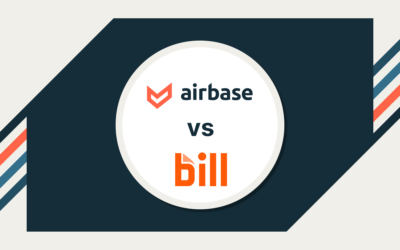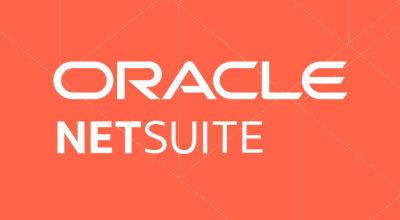Here’s an irony that accounts payable departments are all too familiar with: expense management is expensive. The reality is that the processes many companies use to oversee expenses carry unnecessarily high costs. Without consolidating all facets of expense management, finance teams invest too much time and money bringing together multiple systems, and face costly gaps in visibility.
Expense management tracks and controls employee spending through processes like purchase approvals, expense reports, and employee reimbursements. In a perfect expense management scenario, the finance team can account for every dollar that goes out, employees are reimbursed soon after they use a personal account to pay for something, and management can rest assured that financials are up to date and budgetary goals are being met. Plus, an audit flows smoothly from an automatically generated audit trail, without having to hunt down documentation.
In reality, however, expense management is notoriously difficult to get a handle on. Manual processes and disconnected systems create extra work, confusion, and, often, unnecessary expenses. Paperwork is difficult to compile for an audit, and employees become so frustrated that they find out-of-policy workarounds.
Cumbersome and inefficient expense reporting is an excellent example of a costly weakness that thwarts effective expense management.
Learn more about how spend management can help you streamline all aspects of AP.
Download The Definitive Guide to Spend Management.
Why now is the time to improve your expense management processes.
Although nobody can predict with absolute certainty what employee-initiated expenses will look like over the course of 2021, particularly with regards to T&E spend, one thing is clear: adaptability will be key.
Expense management policies must be flexible enough to respond to sudden changes in travel restrictions due to COVID-19, for example, and purchasing activity will have to be fully transparent so budgets can be easily adjusted.
Tighter controls to restrict fraud and noncompliant spending will also be imperative. A study by Oversight found that although T&E spending was down 63.5% in Q2 of 2020 when compared to Q2 of 2019, T&E spend violations rose by almost 207%. According to the report, one factor behind the rise in violations is that as employees moved to home offices and needed to procure office equipment, many filed an expense report for the first time, but didn’t have a company credit card and weren’t familiar with reporting procedures. Some employees felt more comfortable trying to cheat the system while away from the office. Many businesses plan to continue with a distributed workforce, so an improved approach to expense management will help gain control.
How accounting automation streamlines expense management.
Smoother workflows: Automated approval chains ensure that employees can initiate an expense request with ease, even when it’s the first time making a request. When workflows are customizable, they don’t have to worry about following different procedures for different types of expenses — the system does it for them.
Stronger cost controls and enforcement: By enforcing compliance at the onset of expenses — at the approval stage — all employee purchases will be within company expense policy parameters. The resulting visibility into all spend activity eliminates the risk of things like duplicate charges or zombie spend, since the system can alert requesters if a company already pays for a service or item. It’s no wonder that The Airbase Annual Survey of Finance Professionals found that one in five respondents felt they could save at least 10% if they had better visibility and control over nonpayroll spend.
Better visibility and easier reconciliations: When all aspects of an expense charge are in the same system, reconciliation takes place as charges are incurred.
An automatic sync to the GL means a company’s financial status is always up to date, so projections and budgets are based on accurate data.
Easier audits: In the Airbase Annual Benchmark survey, 42% of respondents reported that they gathered documentation for an audit manually — a time-consuming and often frustrating job. When a comprehensive spend management system automates every step of an employee-generated expense, from the initial request through to booking to the General Ledger, all records are instantly available from the same source. Reports showing approvals can be pulled easily, and the accounting department doesn’t have to do detective work when faced with an audit.
Expense management doesn’t have to be expensive. To find out how you can eliminate expense reporting and take control of employee spending, contact Airbase today.
 Jira Integration – Streamline Your Workflows
Jira Integration – Streamline Your Workflows  Ironclad Integration – Simplify Legal Operations
Ironclad Integration – Simplify Legal Operations  Asana
Asana 




